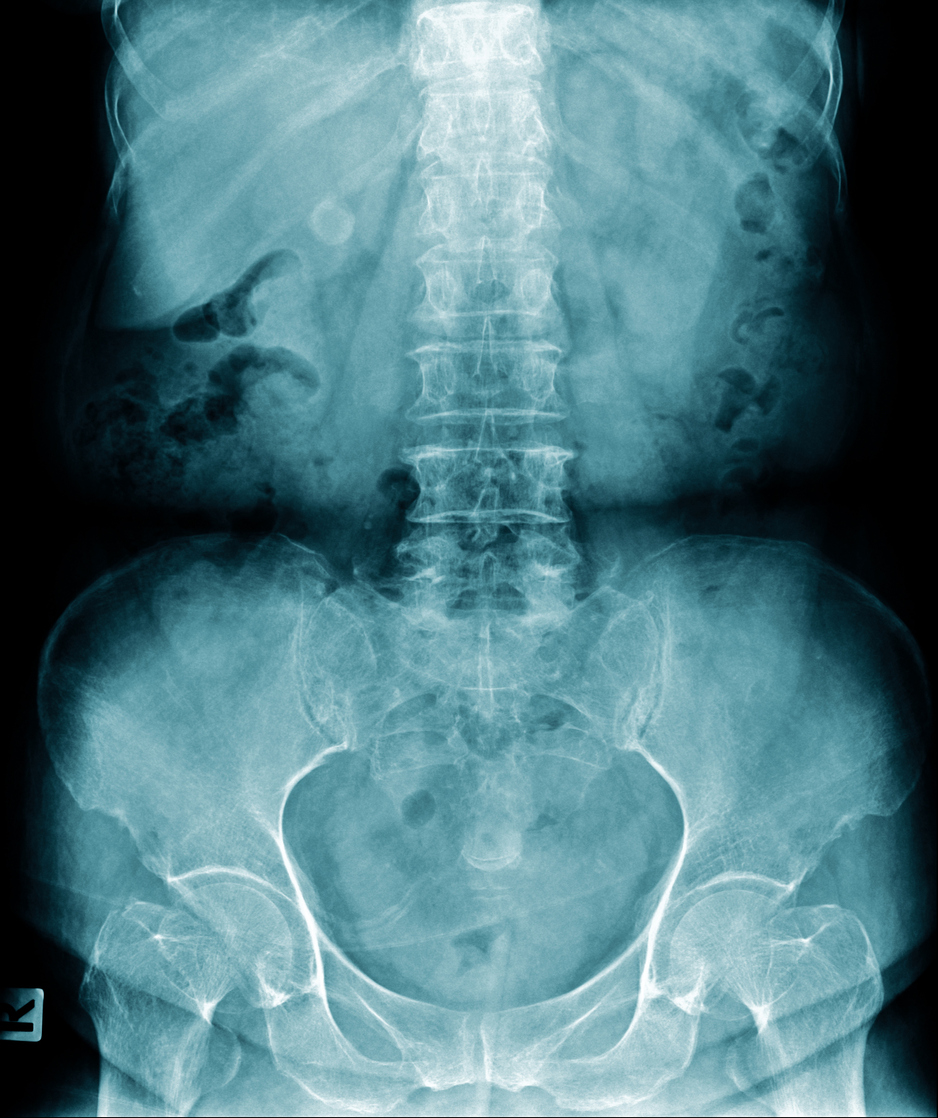Pain
At-Home Treatments for Spondylolysis

What is Spondylolysis?
The term spondylolysis comes from a combination of two Greek words: spondylos (vertebra) nd lysis (defect). Spondylolysis is a medical condition that involves a defect of the pars interarticularis. The pars interarticularis is a thin bone that hinges two vertebrae together in the lower back. Spondylolysis most commonly occurs in the lumbar vertebrae; however, it can occur in any section of the spine: cervical (neck), thoracic (mid back), or lumbar (lower back). Both cervical and thoracic spondylolysis are rare. If spondylolysis occurs in the cervical or thoracic spine, the equivalent structure of the pars interarticularis in that area of the spine is affected.
At-home treatments
Conventional treatments for spondylolysis includes bracing, physical therapy, medication, injections, and possibly surgery. At-home treatments, including rest, medication, physical activity, and temperature therapy, can also ease pain associated with spondylolysis.
Rest
A short period of rest from strenuous physical activities, such as sports, allows the fracture time to heal. Caution should be used with bed rest, since extended bed rest can worsen pain, cause deconditioning, or produce other health issues.
Medications
Over-the-counter NSAIDs (non-steroidal anti-inflammatory drugs), such as ibuprofen, are frequently recommended to reduce pain and inflammation in the affected area. Acetaminophen may also help to relieve pain.
Physical activity
Gentle physical activity that increases over time can help strengthen areas impacted by an injury. This may involve stretching, core strengthening, or resistance training.
Temperature therapy
Heat and cold therapy can reduce pain and inflammation. Only ice should be used for the first 48 hours following an injury, for up to 20 minutes each hour. After the first 48 hours, heat may be applied for up to 20 minutes each hour. Heat therapy relaxes stiff joints and muscles; whereas, cold therapy numbs acute pain and reduces inflammation. Switching between heat and cold therapy can help reduce pain, but should not be used more than ten times each during a 24-hour period.














